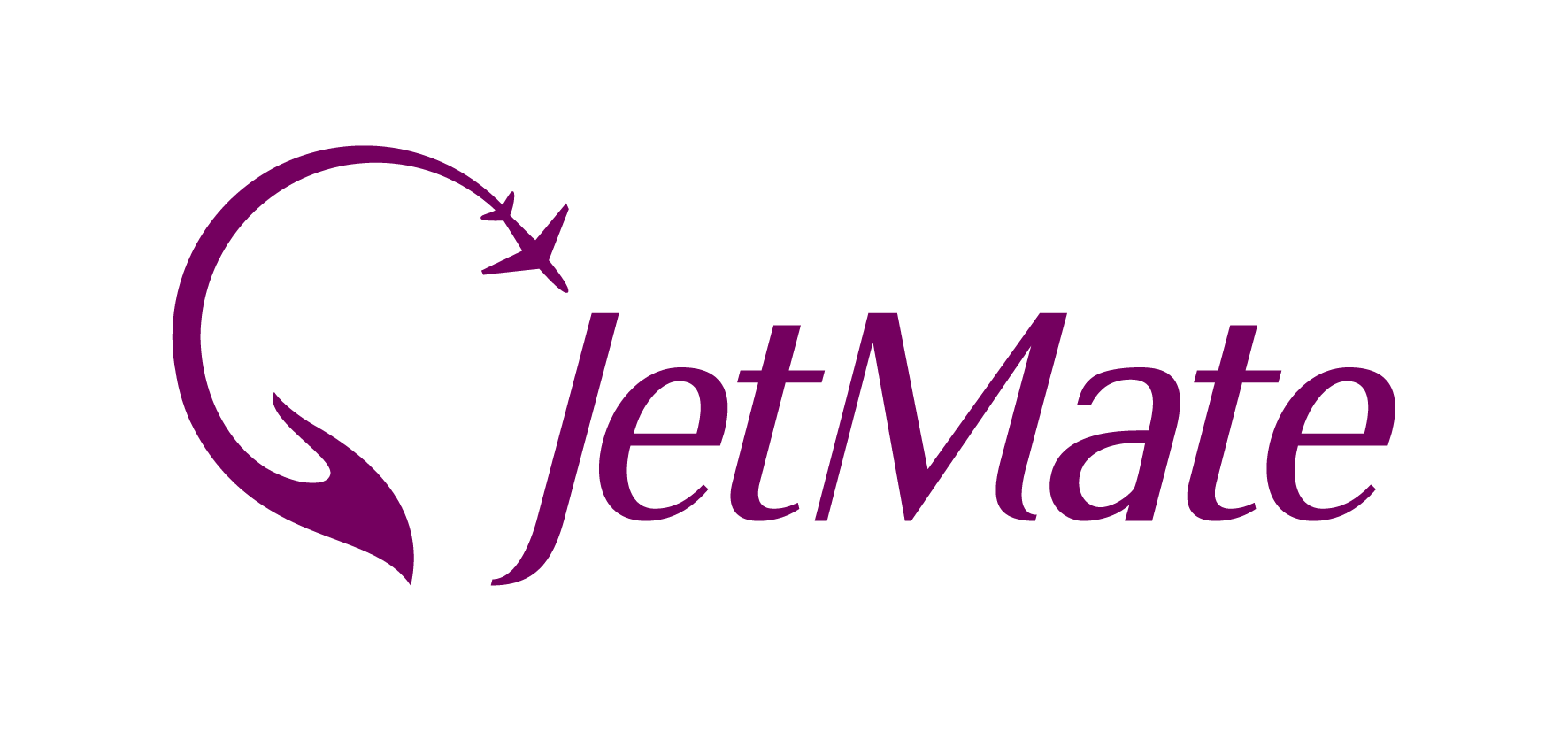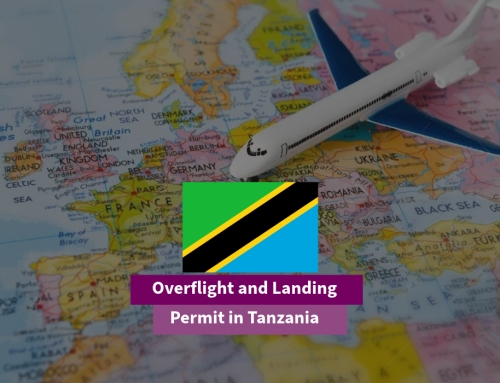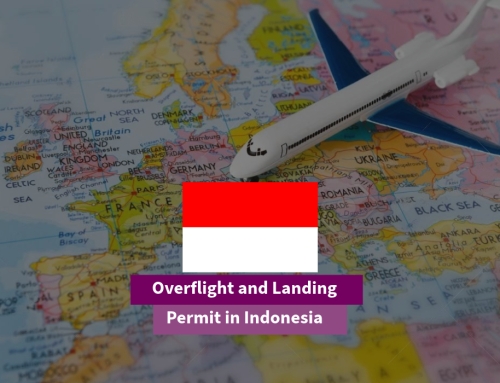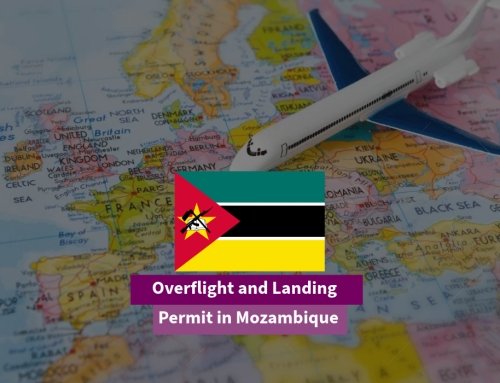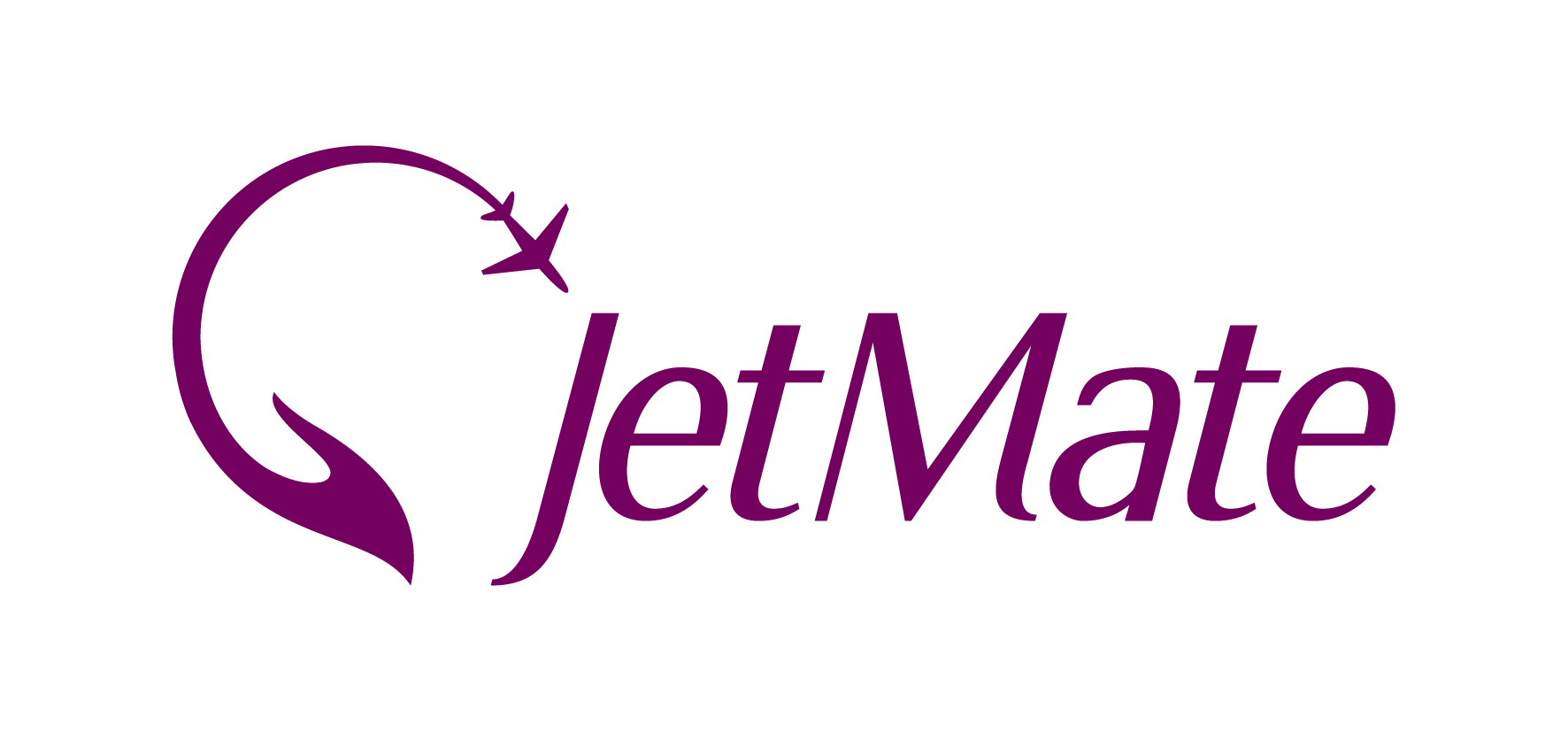Obtain Overflight and Landing Permit in Italy
Italy, located at the heart of Europe, is a major aviation hub connecting key destinations across the continent and beyond. Renowned for its rich history, vibrant tourism, and robust trade, Italy’s airspace and airports are among the busiest in the region. Securing overflight and landing permits in Italy requires adherence to the regulations set by the Italian Civil Aviation Authority (ENAC) and other aviation authorities. This study provides a comprehensive overview of the requirements, processes, and considerations for operating flights in Italy.

Overview of Italy’s Airspace and Airports
- Strategic Location:
- Italy’s central position in Europe makes it a vital transit point for flights between northern and southern Europe, Africa, and the Middle East.
- Major Airports:
- Rome Fiumicino Airport (FCO/LIRF): Italy’s busiest airport, serving the capital city and a key hub for international and domestic flights.
- Milan Malpensa Airport (MXP/LIMC): A major gateway for business and trade, especially for northern Italy.
- Venice Marco Polo Airport (VCE/LIPZ): Critical for tourism and regional connectivity.
- Naples International Airport (NAP/LIRN): Serves southern Italy and the Amalfi Coast.
- Bergamo Orio al Serio Airport (BGY/LIME): A hub for low-cost carriers and cargo operations.
- Airspace Management:
- Italian airspace is regulated by ENAV, the national provider of air traffic services, ensuring efficient and safe navigation.
Overflight Permits in Italy
Requirement:
- Italy is a member of the Eurocontrol Route Charges System, meaning overflight permits are generally not required for aircraft operating under ICAO-compliant rules.
- Special approvals may be needed for flights with unique operational requirements or restricted airspace usage.
Application Process:
- Submit the flight plan through Eurocontrol at least 24 hours in advance.
- Provide the following details:
- Aircraft registration and type.
- Route, entry, and exit points with estimated times.
- Purpose of the overflight.
- Ensure compliance with Eurocontrol and ENAV requirements.
Key Considerations:
- Ensure all Eurocontrol fees are settled.
- Adherence to assigned airways and altitude restrictions is mandatory.
Landing Permits in Italy
Requirement:
- Landing permits are mandatory for all non-EU-registered aircraft and certain categories of flights, including charter, cargo, and private operations.
Application Process:
- Submit the permit request to ENAC at least 48-72 hours before the flight.
- Required documents include:
- Aircraft registration and airworthiness certificates.
- Pilot licenses and crew documentation.
- Passenger and cargo manifests.
- Proof of insurance covering European operations.
- Details of the purpose of the landing (e.g., technical stop, cargo delivery, or passenger transport).
Key Considerations:
- Secure airport slots through the appropriate coordination body, especially during peak travel seasons.
- Confirm ground handling arrangements before submitting the landing permit application.
Security and Operational Factors
- Compliance with EU Regulations:
- As part of the European Union, Italy enforces strict compliance with EASA (European Union Aviation Safety Agency) regulations.
- Restricted Airspace:
- Special approvals may be needed to operate in military zones or near sensitive areas.
- Slot Management:
- Busy airports like Fiumicino and Malpensa often require advance slot reservations.
- Customs and Immigration:
- Ensure all passengers and crew comply with Schengen Area customs and immigration procedures.
Airports and Facilities
Key Airports for International Operations:
- Rome Fiumicino Airport (FCO/LIRF):
- Italy’s primary international gateway, offering extensive ground handling and fueling facilities.
- Milan Malpensa Airport (MXP/LIMC):
- A major hub for business aviation and cargo operations.
- Venice Marco Polo Airport (VCE/LIPZ):
- Equipped to handle a high volume of tourist traffic efficiently.
- Naples International Airport (NAP/LIRN):
- Critical for southern Italy’s tourism and regional operations.
- Bergamo Orio al Serio Airport (BGY/LIME):
- Focuses on low-cost carriers and cargo operations, with modern ground handling facilities.
Challenges and Mitigation
- High Air Traffic Volume:
- Italy’s airspace and airports are often congested, particularly during the summer and holiday seasons. Early planning is essential.
- Permit Delays:
- Submit permit applications well in advance to avoid delays, especially during peak travel periods.
- Environmental Regulations:
- Ensure compliance with noise and emission standards, as many Italian airports enforce strict environmental policies.
- Ground Handling Limitations:
- Coordination with ground handling providers is crucial, especially at smaller airports with limited resources.
Jetmate Aviation’s Role
Jetmate Aviation offers specialized support to simplify the complexities of operating in Italy. Our services include:
- Overflight and Landing Permit Management:
- Timely and accurate submission of applications to ENAC and Eurocontrol.
- Ground Handling Coordination:
- Arranging fueling, baggage handling, and passenger services at major Italian airports.
- Slot and Scheduling Support:
- Securing airport slots and managing scheduling to minimize delays.
- Regulatory Compliance Assistance:
- Ensuring adherence to ENAC, Eurocontrol, and EU aviation regulations.
- Real-Time Updates:
- Keeping operators informed about airspace changes, delays, or restrictions.
Need a flight permit in ITALY? click here
